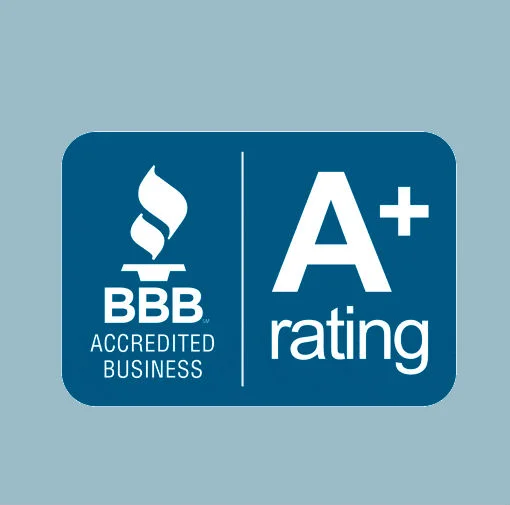Putting Pencil to Paper for a Realistic Healthcare Organization Marketing Budget
 No budget? Unrealistic budget? How to begin when the page is blank.
No budget? Unrealistic budget? How to begin when the page is blank.
Two different practitioners called us recently. Let's just describe them as smart and experienced doctors in different professions, in different parts of the country and on different ends of the promotional spectrum. They both were experiencing an "ah-hah moment" of personal insight and needed help pronto, but didn't know how to get started with budget planning.
Following are both real situations, although we've paraphrased for editorial convenience (and to keep identities confidential).
Wimpy Effort Produces Wimpy Results
The first doctor bravely confessed:
"I've been spending next to nothing on marketing for my practice. For a long time, in fact, I took pride in cutting that "expense" out of my budget. It's taken me this long to realize that my results are also 'next to nothing' and I need to make a serious commitment to get serious results. I want a budget that makes good sense. Where do I start?"
The revelation for this practice is that marketing is not an expense item; it's a performance-based revenue item. With that in mind, the return-on-investment (ROI) for "next-to-nothing" will, not surprisingly, be... well, nothing. As a revenue item, however, the overall ROI goal for a well-considered marketing plan should be about 4:1 (more on that in a moment).
If I Build It, They Will Come
The other story was about sleepless nights and a critical planning afterthought:
"We've just spent a bundle on a new building that doubles our size (and capacity) with another sizable investment on new laser equipment. We've got nothing planned to expand our marketing when we open the doors, and I'm looking at a frightfully open schedule. What was I thinking? How do I set a budget for marketing that let's me sleep at night?"
It was sort of like buying a string of thoroughbred racehorses and not planning for the feeding of them. This was a practice that had a marketing budget that sustained previous growth but realized (if nearly as a last-minute postscript) that having the building and new technology was no assurance of attracting new patients in sufficiently greater numbers.
The "How to Budget" Basic Steps
Both illustrations are challenging situations, and the process for strategic planning does not have a simple answer. But there is a budget formula that's fairly straight-forward that works as a good point of reference when there is no budget, when the existing budget is out of touch with reality.
Here's the marketing budget formula in four basic steps.
- What's your goal? Begin with the end in mind, and write down your incremental growth goal in dollars. Above and beyond your current annual revenue, how much do you plan to grow in the next 12 months? For this example, let's say: $100,000 is your growth goal.
- Divide your goal by an ROI factor of four. The goal for your overall marketing program should be between 3- and 5- to one. Some strategies and tactics produce a better return, while others will produce softer results. For this example, let's assume a middle ground of 4:1 ROI. $100,000 divided by 4 is $25,000 to meet the growth goal.
- Divide the total budget by 12 months. For this example, the monthly budget becomes $2,000 per month (roughly). Take note that this allowance is not likely to be spent in a conveniently flat pattern, with some costs being larger in the beginning and less in later months. Take this guide number as a point of reference.
- Keep Goal, Budget and Reality aligned. Maintain this ratio between goal and budget if you need to make adjustments up or down. If you pull up on the goal or pull down on the budget (or vice versa), you should expect the other end of the equation will also change accordingly.
The objective, of course, is to use this budget wisely and effectively. You can't simply increase your budget - you need to have a plan that incorporates high ROI activities, otherwise, you will just throw more money away faster (and that's no fun at all).
And at the opposite end, a lot of practices have a wholly inadequate marketing budget, which universally produces zero results. No fun either.
On that note, a good analogy for you to consider is the thrust level it takes an aircraft to get off the ground. It turns out planes and helicopters need twice as much thrust to get into the air as stay there. Just a tad too little power, and the pilot drives right off the edge of the runway and into the rocks below.
If you are spending a few hundred dollars here and there (little league sponsorships, trinkets, mugs, whatever the latest sales guy sold you and the like) your plane (practice) will never get airborne, and you'll face similar consequences.
A solid planning and budget process considers a number of variables that we've described in other articles for your reference. If you have not already done so, check out this popular article from our library with a more detailed Budgeting Worksheet and example to follow:
https://healthcaresuccess.com/blog/healthcare-marketing/establish-your-marketing-budget.html
Related Articles:
Budget Basics: Big Enough to Matter
The Ultimate Guide to Planning a Healthcare Marketing Budget
Doing More with Less: Creating a Lean and Mean Healthcare Marketing Budget
Comprehensive Guide to Creating a Healthy Healthcare Marketing Budget
Establish Healthcare Marketing Budgets For Hospitals, Healthcare Organizations and Private Practices









